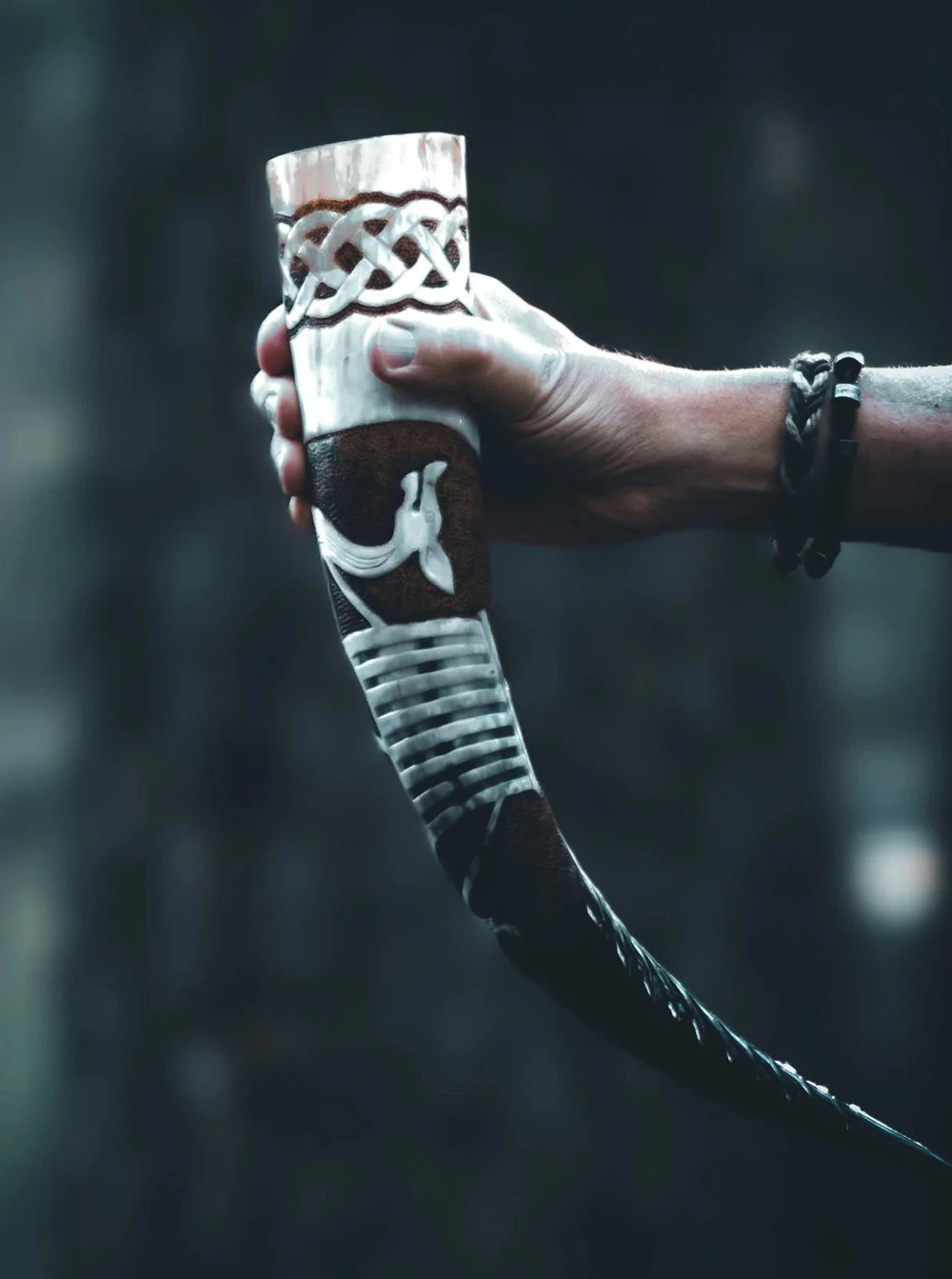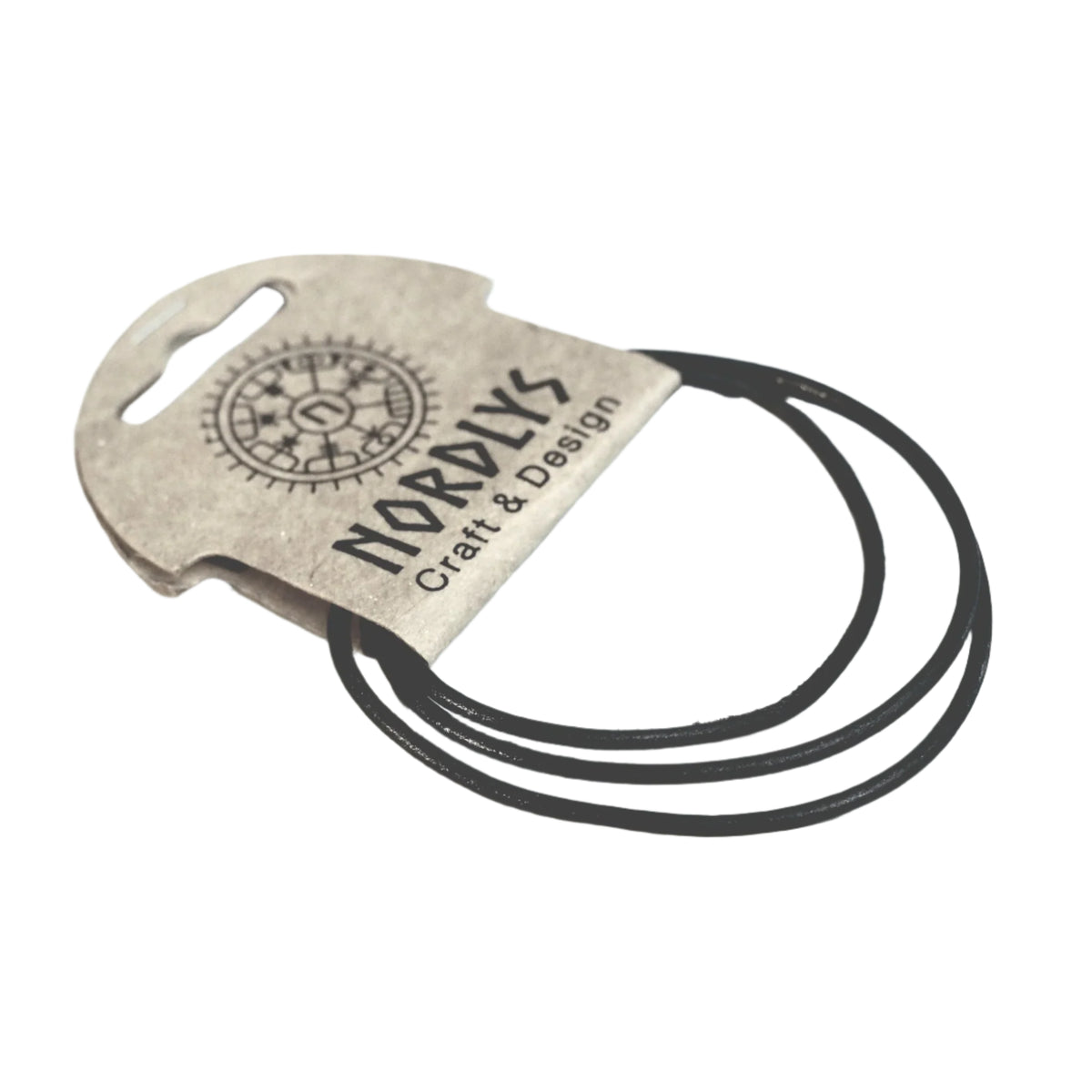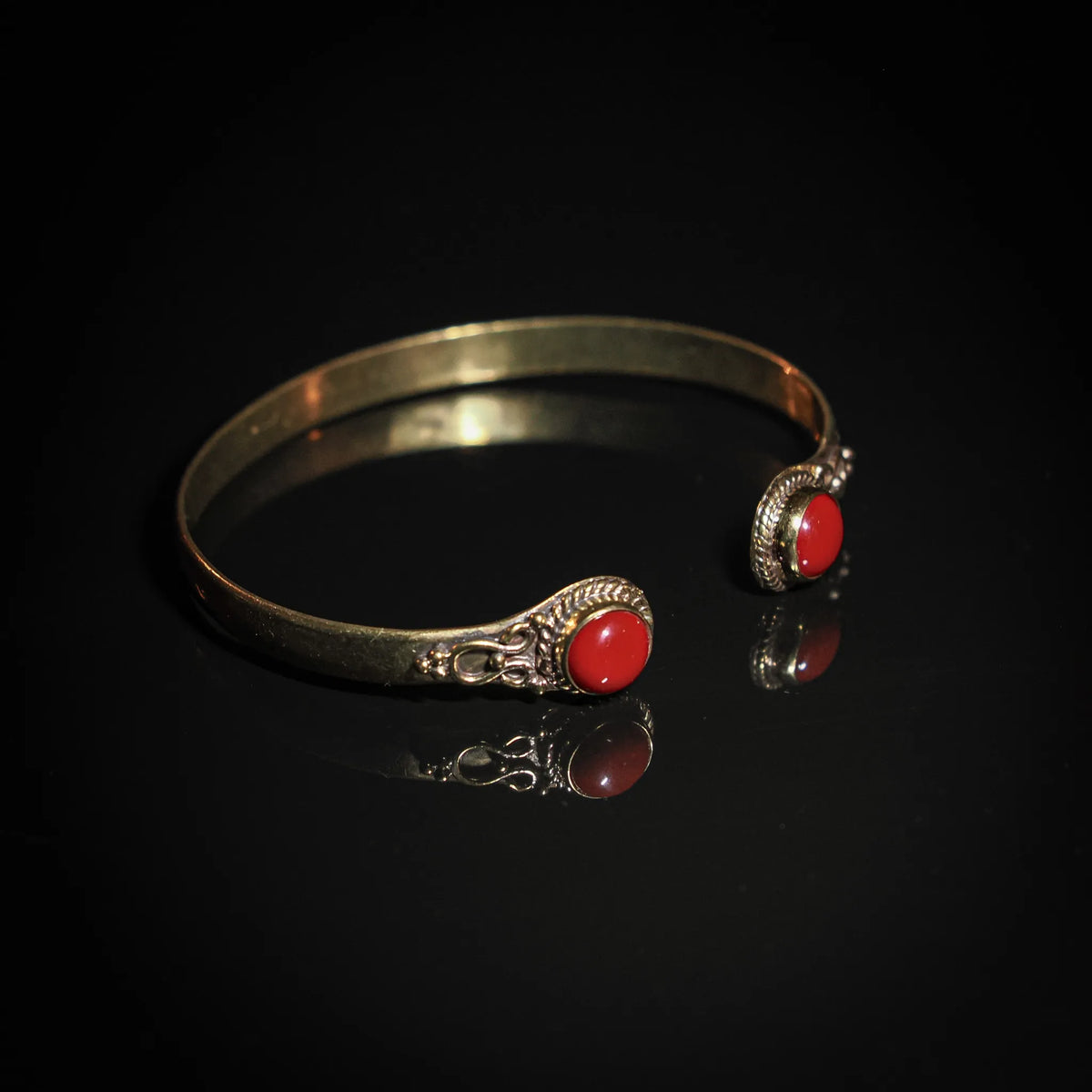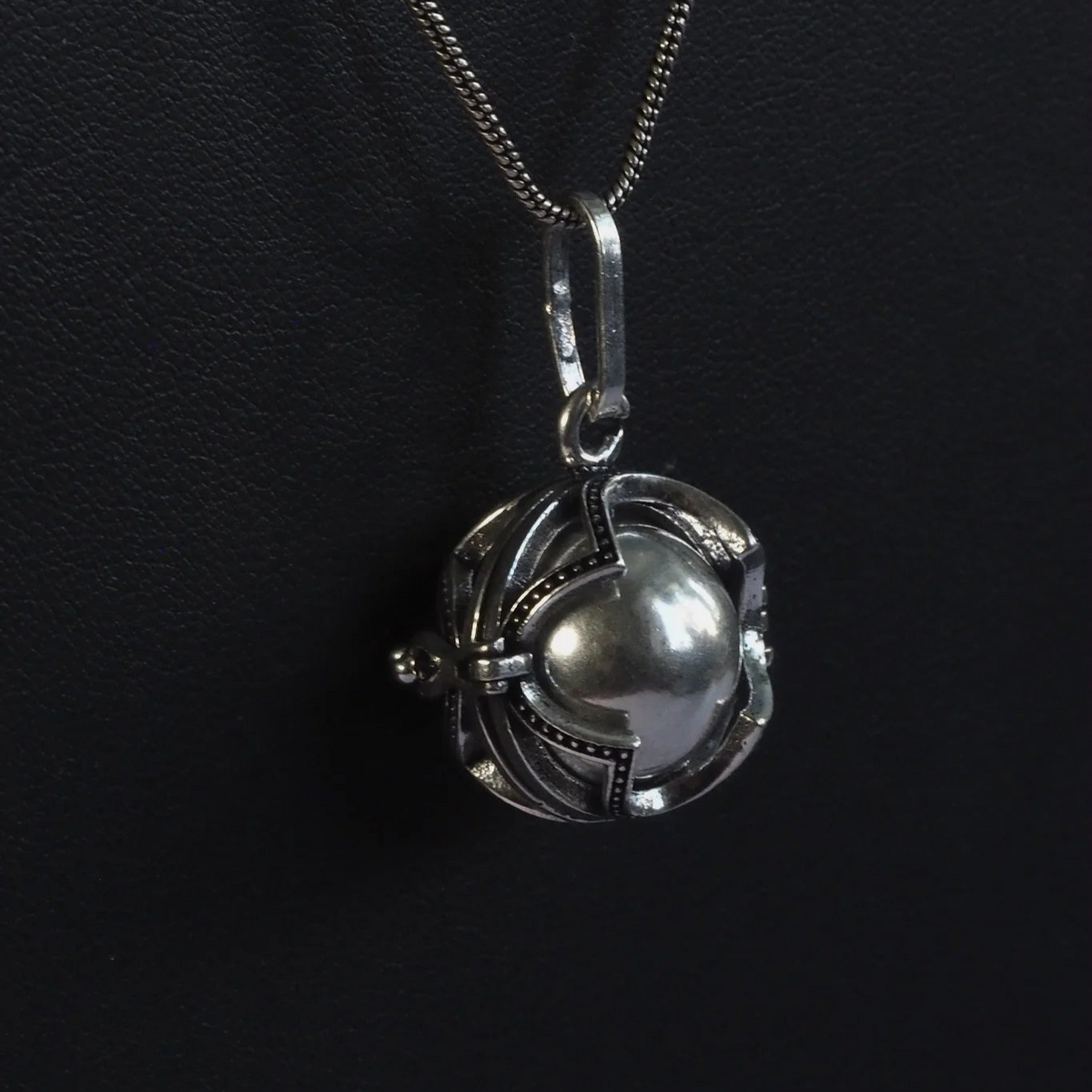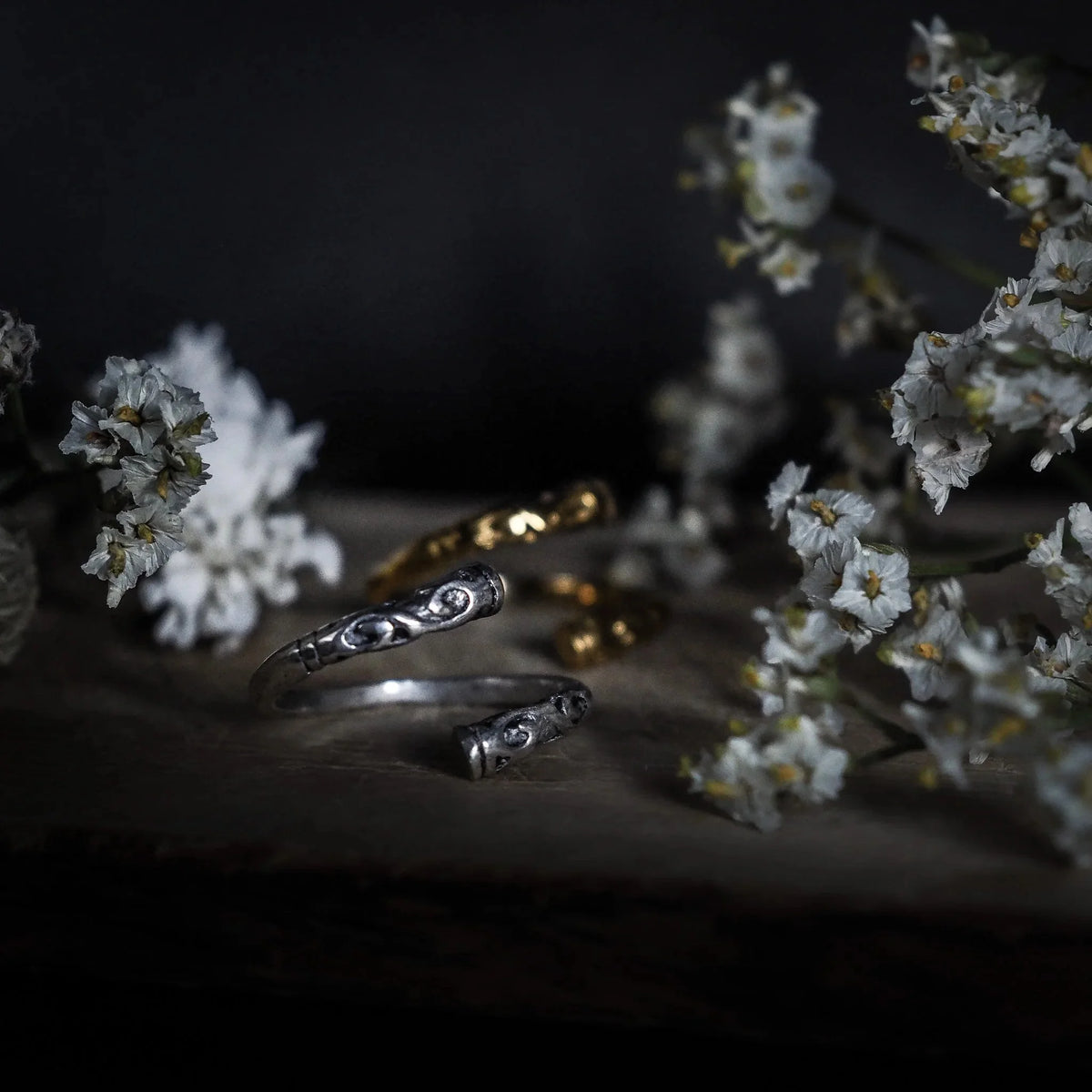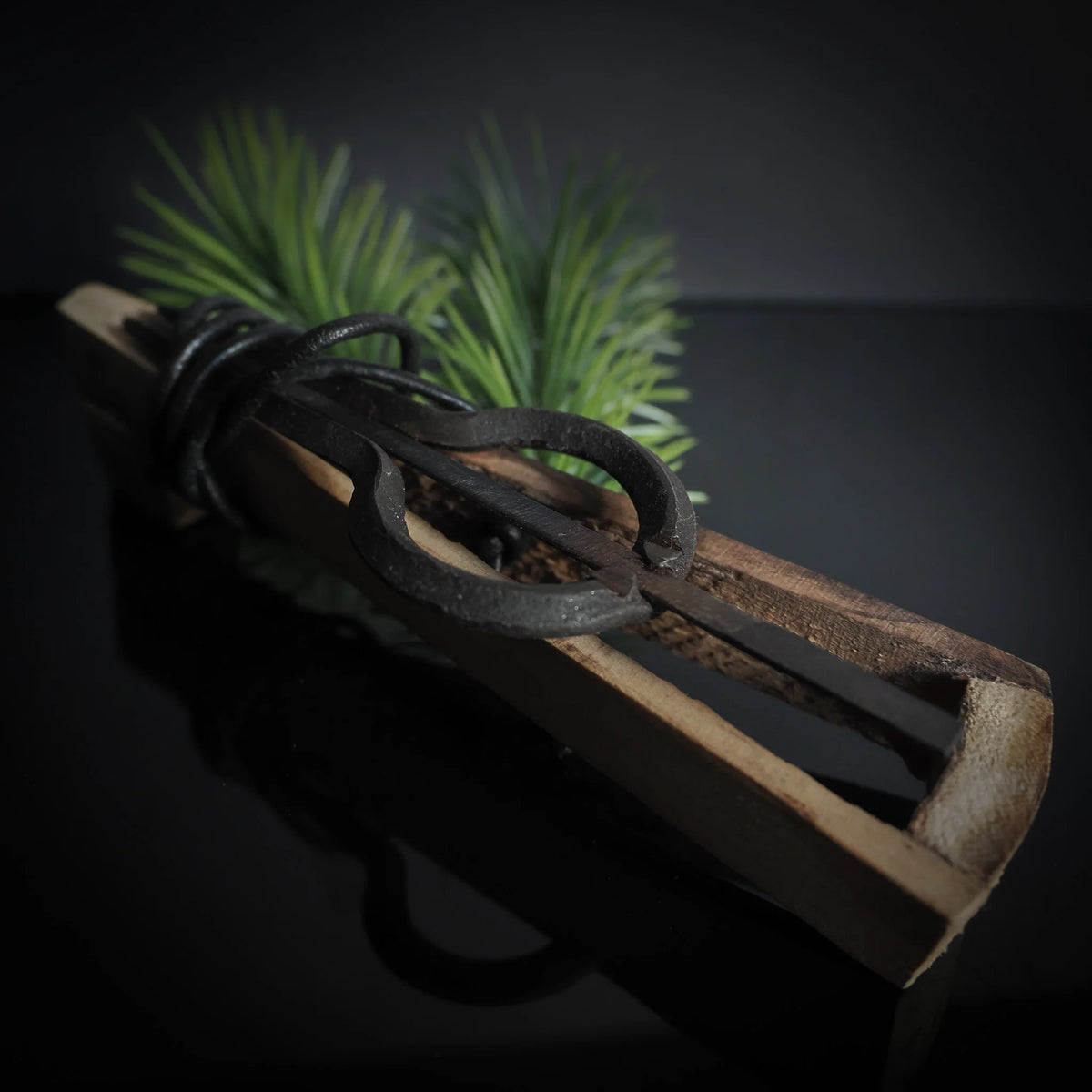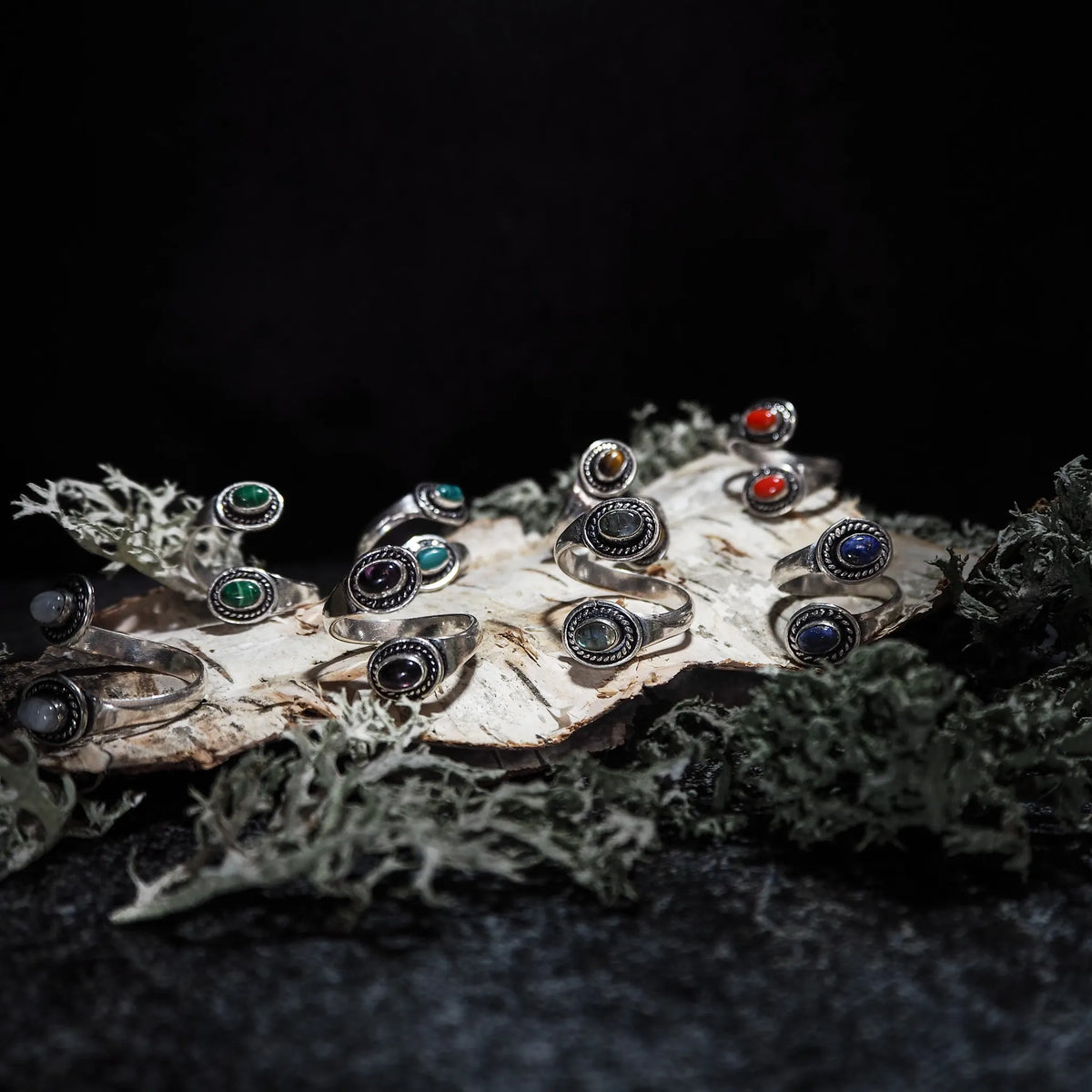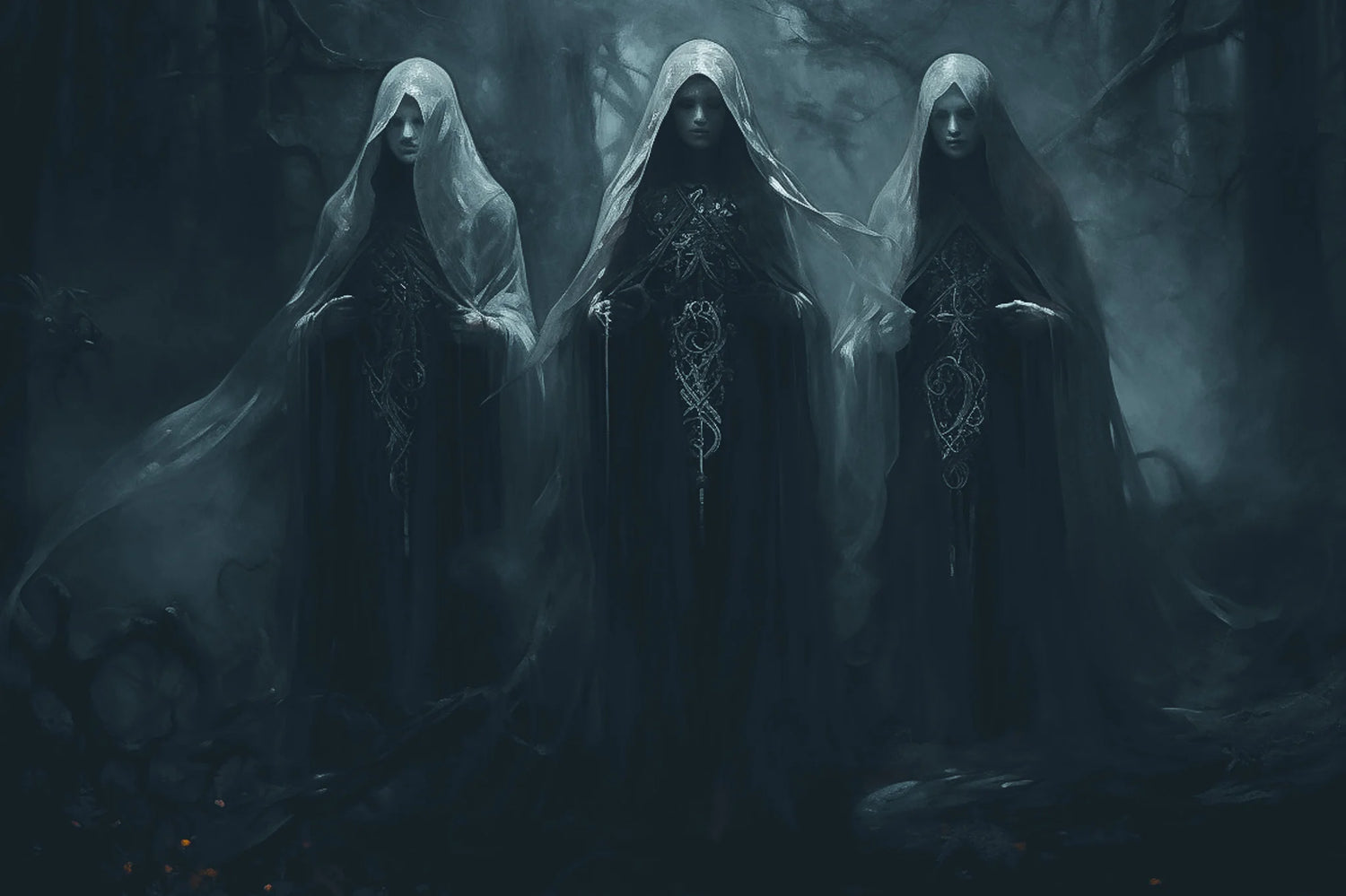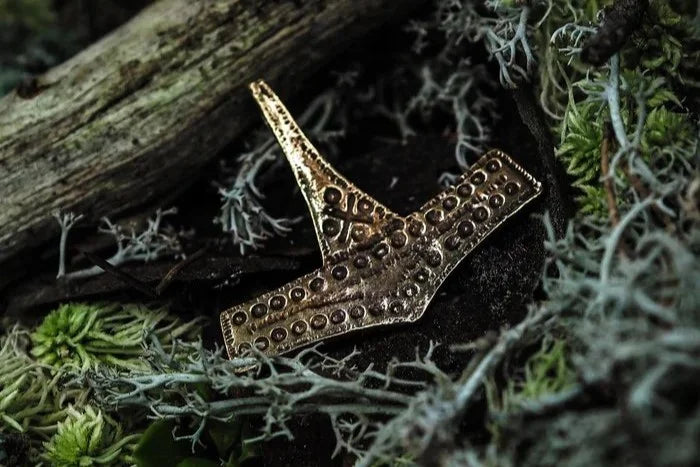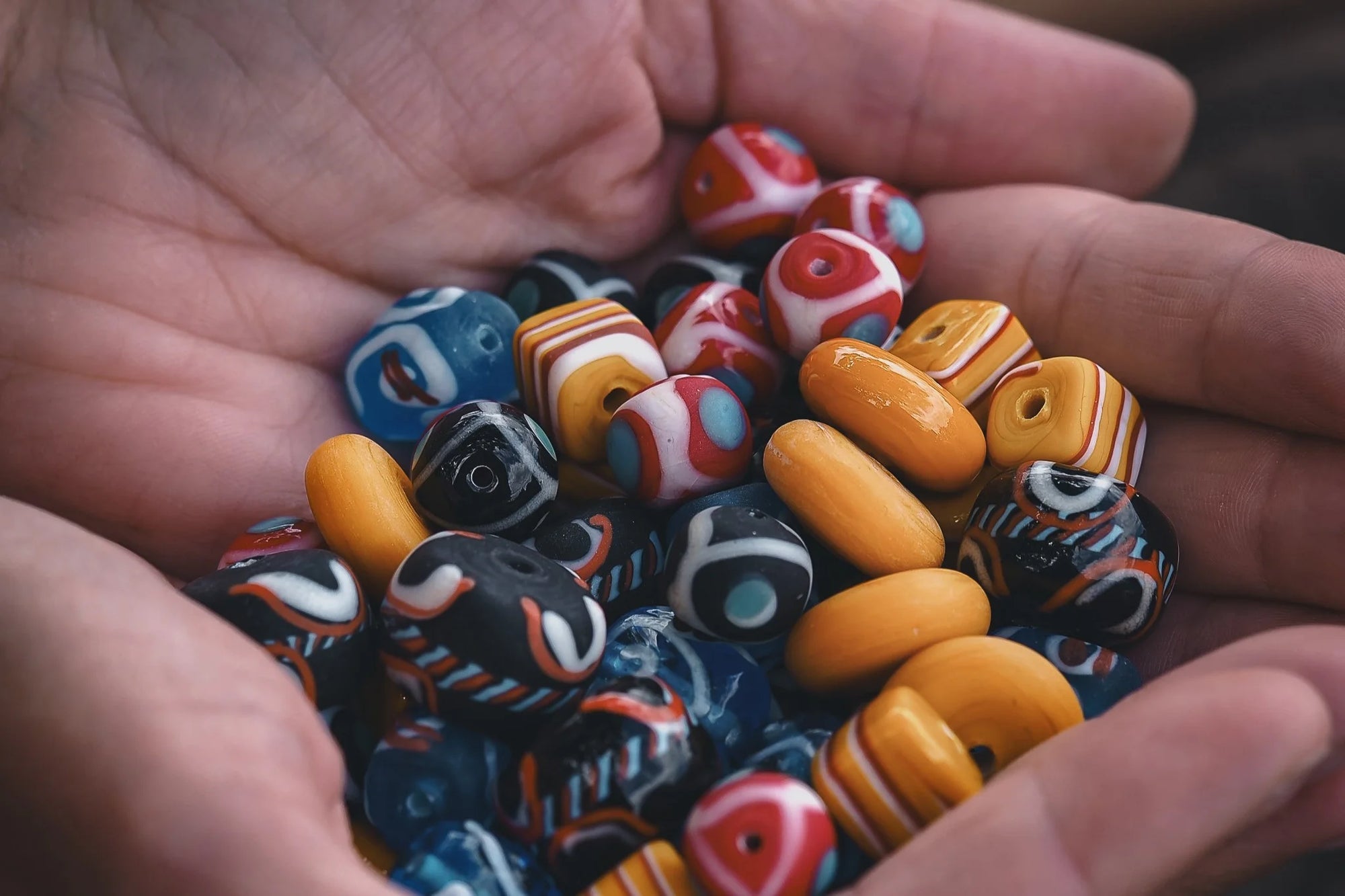Norns are central figures in Norse mythology and represent fate and the cycles of life. They are three sisters who weave the thread of life for both gods and men. Their names are Urd (representing the past), Verdandi (the present) and Skuld (the future). Together they create a web of fate that governs the lives and destinies of individuals.
The Origin of the Norns
The Norns have their origins in the Old Norse myths and are often linked to Yggdrasil, the World Tree. They live at its roots in the Urdarbrunnen , the fate well,
the source of fate which is located at the foot of Yggdrasil.
A source of life and wisdom.
Every day they come to water the tree with water from the well, symbolizing the nourishment and continuity of life.
The function of the Norns
The Norns are not just weavers of fate;
they also have a moral dimension.
They determine how the threads of life are woven, which means they can influence both gods and humans.
Their decisions may seem merciless, but they reflect life's inescapable cycles of birth, life and death.
Symbolism and representation
Each Norn has its own symbolism: Urd stands for memories and heritage,
Verdandi for change and present actions, while Skuld predicts the future and the choices made.
Together, they highlight how the past, present and future are intertwined and influence each other.
The Norns in literature
The Norns appear in several Old Norse texts, including the "Edda", where their importance and influence is described.
In the "Edda" we see how the Norns weave the thread of life, which gives a picture of how fate is a combination of both divine influence and individual free will.
The significance of the Norns in culture
Norns have also had a significant impact on modern culture, where they are often used as symbols of fate and femininity.
Their complex characters have inspired literature, film and art, where their web of life's threads continues to fascinate and challenge our way of looking at time and fate.
In conclusion, the Norns are a fascinating part of Norse mythology, representing the complex relationships between time, fate and free will.
Their web of life's threads reminds us that every action has consequences and that our lives are interconnected in a greater cosmic order
The information about the Norns and their connection to predictions and runes comes from several sources in Norse mythology and literature. Here are some of the most important:
Eddorna
Studies of runes and their significance in Old Norse culture provide insights into how they were used for divination and magic. Runes often had a symbolic and magical aspect.
Historical texts
Texts from the Middle Ages, such as the work of the historian Snorri Sturlasson, provide further context on the Norns' importance and their relationship to fate and time.
Modern academic studies
- Research in fields such as folkloristics and religious studies has also contributed to the understanding of the Norns and their cultural significance.
These sources provide a basis for understanding the Norns' role in Norse mythology and their connection to divination and fate.
